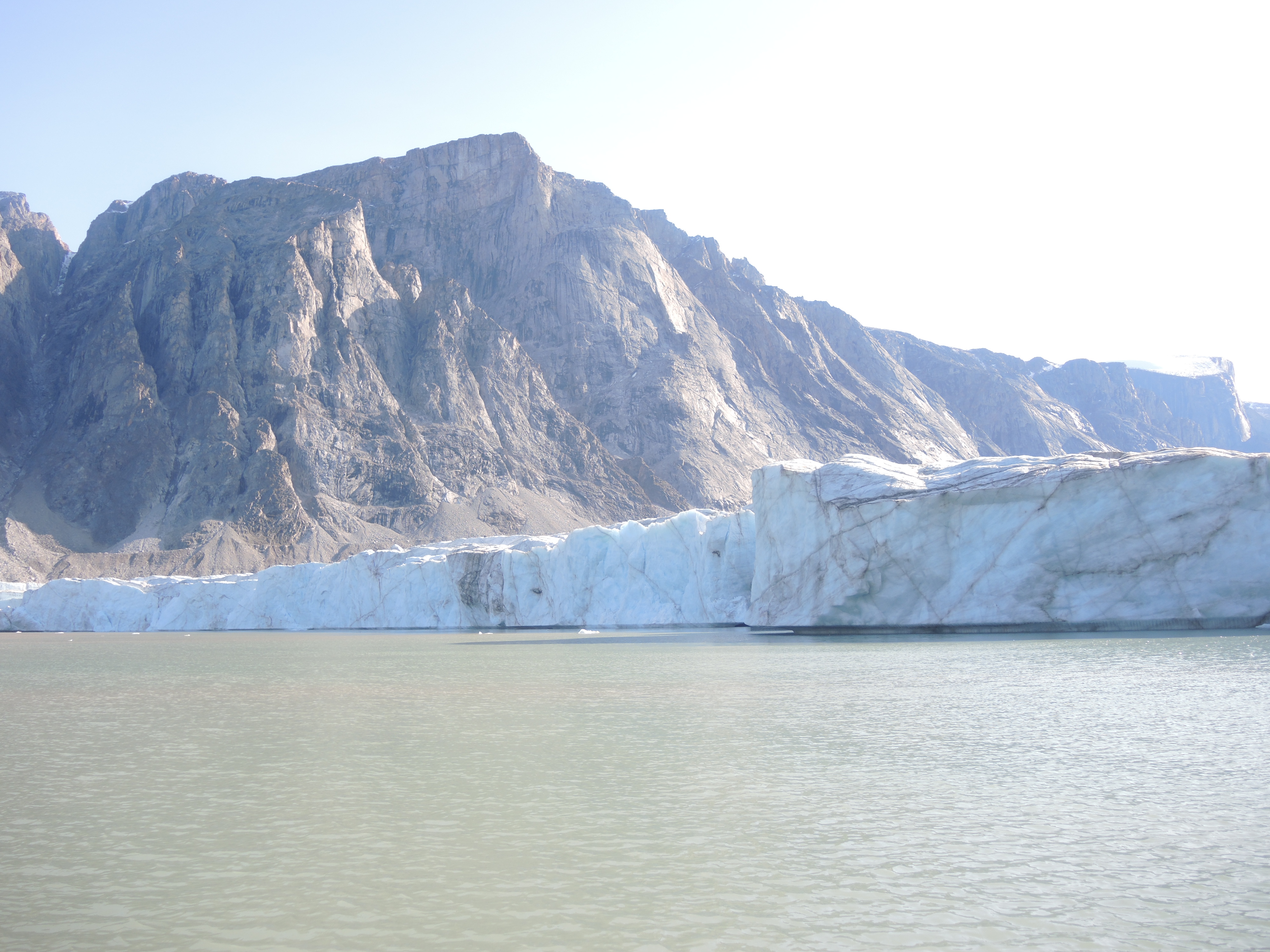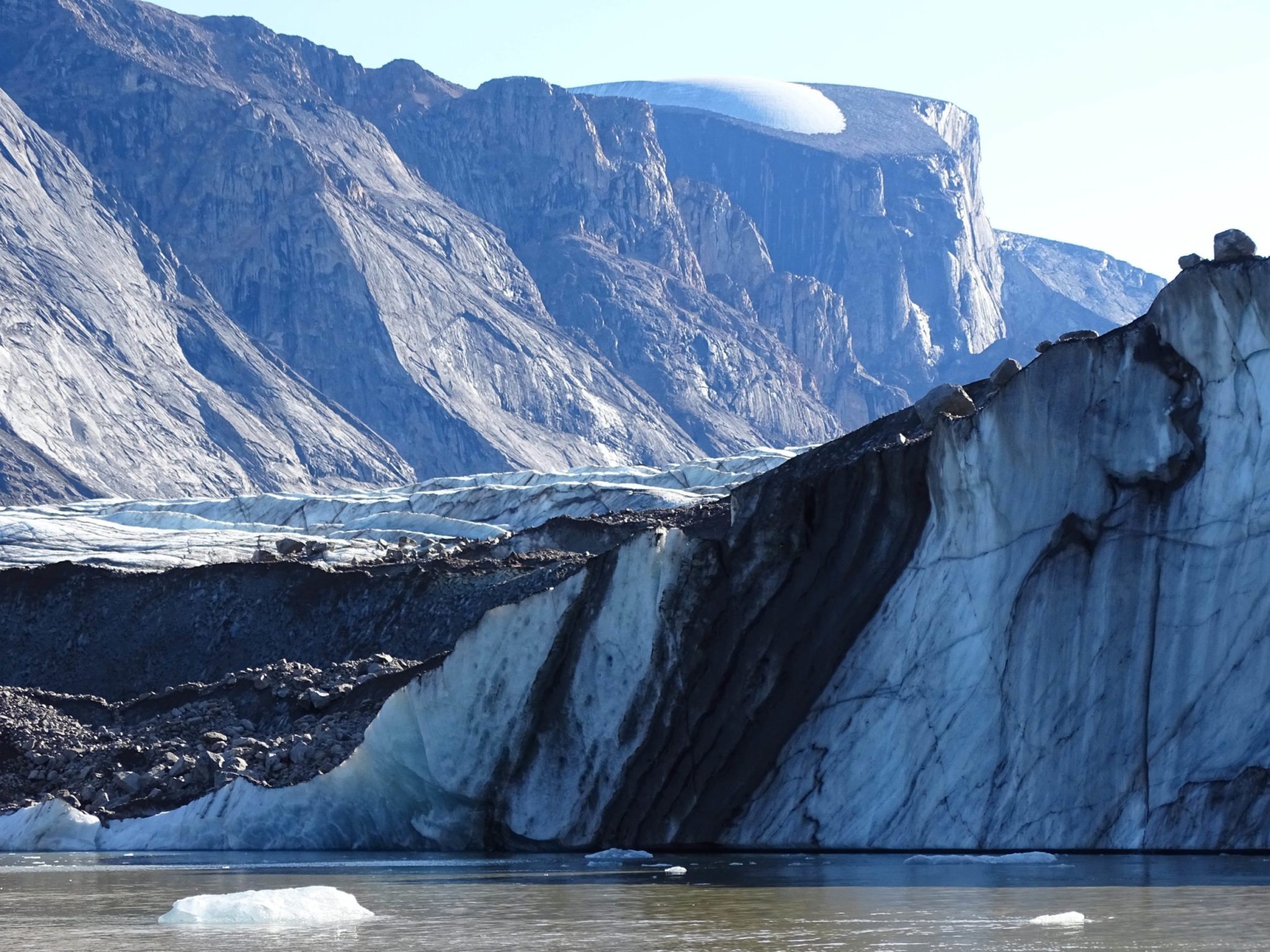The geography of glaciers is a fascinating story filled with breathtaking features that most of us yearn to visit.
The towering mountains that hold glaciers out of reach, or deep river valleys that have been carved millennia ago from massive ice sheets working their way towards the ocean fill our fantasies and wish lists to visit.
There is something ancient about glaciers but there is something powerful about what they can do. They shape so many sceneries, but we know little about the geographic features they form.
During the Pleistocene Epoch (from 2.6 million to 11,700 years ago) glacial ice covered 30 percent of the world’s land area and now it covers 11 percent, so that is a lot of ice to shape the terrain and landscapes of the Earth.
Join us as we explore the landscapes that glaciers create and how ice can be so powerful.
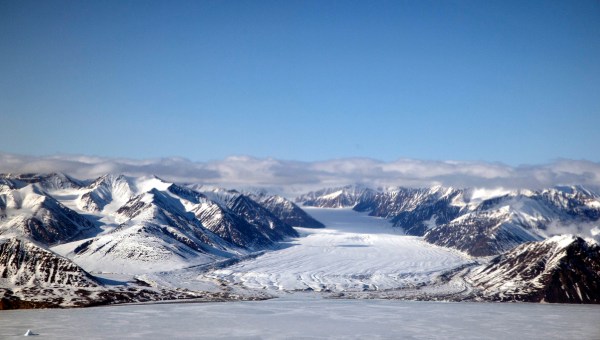
Erosion and Grinding
There are two main types of glaciers that form, and they are often in very cold and mountainous places. A glacier is created when snow remains all year to recrystalize and compress into a dense ice that gets packed down under new ice that adds to the glacier body.
That means that they are found in mountainous regions with an elevation that gets consistent snow, these are called alpine glaciers.
The second, called an ice sheet glacier, is when a continuous body of ice becomes an enormous sheet. This type of glacier is often so large that they fill mountain valleys and can leave only the tips of mountains poking out, called a nunatak.
These glaciers soon have so much mass that gravity starts to push down slopes and mountainsides. This ‘flow’, or movement has tremendous effects on the land and leaves incredible reminders of their power.
There are two ways that glacial erosion shapes the terrain, plucking and abrasion.
The first way, plucking, uses hydraulic wedging to pierce and crack bedrock. As a glacier moves down a valley, the pressure and friction heats the bottom layer so there is some melting that creates a stream under the ice. The water that penetrates the cracks and joints in the bedrock will freeze and thaw, which splits and widens the surfaces. This can make rock break off and become part of the moving glacier.
Abrasion is the result of two surfaces rubbing against each other until they wear down the objects. The glacier has a dense ice that compacts the land, but it also picks up rocks and sediments that grinds against surfaces like mountain faces or valley floors to create a shaped carved appearance to the land.
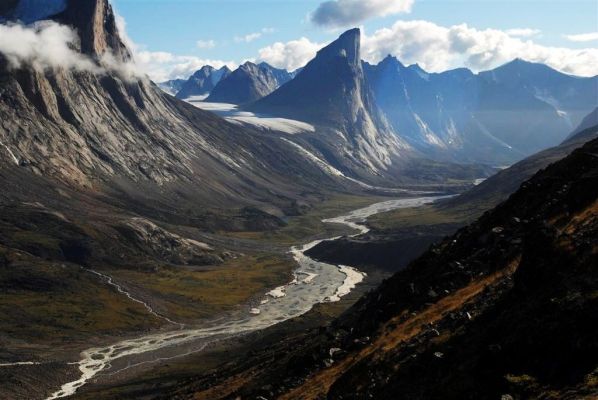
This abrasion is responsible for the smooth faces of granite peaks like Half Dome or Mount Thor and the unique designs line Arctic fiords.
While these are the methods of shaping a landscape, there are six factors that dictate the rate of erosion:
- The velocity of glacial movement
- The thickness of the ice
- The shape, amount and density of rock fragments contained in the ice
- The surfaces aversion to erosion
- The temperature and climate at the location of the glacier
- The water pressure produced from the glacier’s stream
Valley Glaciers & Glacial Valleys
A great example of the sheer force and power of glaciers is seen by the way that they can shape an entire valley. The way they can carve out a narrow valley into a wide U-shaped valley seems herculean in its scale.
Most valleys are a result of a glacial stream or river that slowly builds a narrow crevasse that the water travels downhill. These are called V-shaped valleys and are already proof of the power of erosion from a small stream. Now introduce a glacier spilling over a mountain ridge and down into a steep valley you can see how an entire mountainside is shaped by this shifting ice.
A valley glacier is a relatively fast-moving glacier that is found on mountainsides and confined within valley walls. The steep slope means that the ice in the middle of the glacier can travel faster and forms this U-shaped valley since the sides and bottom are slowed down by friction.
These valley glaciers are responsible for glacial valleys / glacial trough. Once the glacier recedes it leaves this wide and flat valley.
The abrasion and plucking have eroded the mountainsides into steep valley walls that have become famous mountain faces like El Cap in Yosemite National Park. The small cracks and holes that mountain climbers use to summit the renowned peak is the result of the water trickling into the bedrock, while the steep face is a result of the glacier turning a V-shaped valley into its wide U-shaped valley that we can visit today.
Many of the glacial trough valleys will descend all the way to the ocean and become the fiords that dot the Arctic landscape. The glacier will reach the water and become an ice shelf as it stretches out and over the water until it breaks into icebergs.
Looking at the winding course and high walls of these fiords are remarkable testaments of the grand power these glaciers have on the landscape.
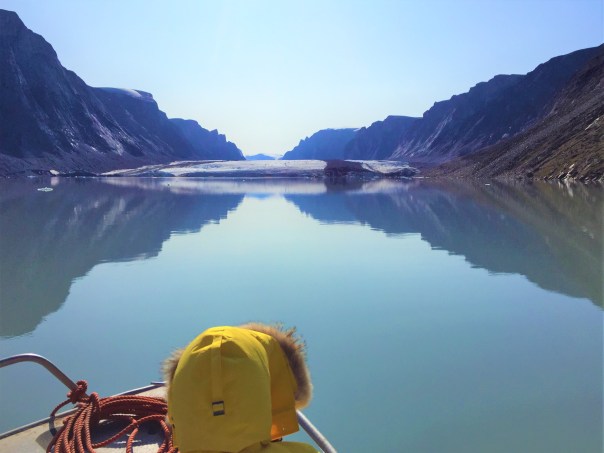
Cirques and Hanging Valleys
Naturally, it requires the glacier to recede for us to notice their effect on the land. But many of those larger glaciers disappear but small pockets can hold out. These will be at high elevation where one of the tributaries is still in an ideal location to keep ice.
A cirque or glacial cirque are found in mountain ranges where one of the tributaries from a larger glacier finds a route over a mountainside and will carve an amphitheatre-like nook high on the peak. This bowl formation will have one open side on the downward slope where the majority of the glacier escaped.
Since most cirques are found at high elevation where it snows and found on the northeastern side, which allows it to stay shelter from long sunlight periods so they can replenish the snow and ice that has remained. This means that most cirques retain a small glacier patch or hold a glacial lake.
A hanging valley is formed when a smaller glacier joins a larger valley glacier. This smaller glacier may have started at a higher elevation or had less mass, so when both glaciers retreat, the hanging valley remains high above the valley floor. These hanging valleys are less isolated than cirques, so they tend to have beautiful waterfalls descending into the valley below.
These hanging valleys and glacial waterfalls can be found all along Arctic fiords.
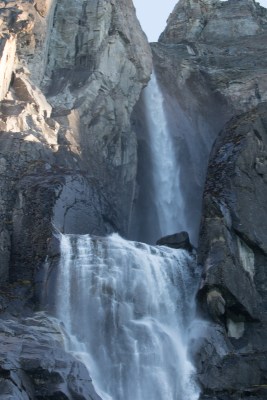
What Remains Behind A Glacier
Few things are able to stand in the way of a descending glacier and that means a lot of erosion and collateral damage. We have discussed the ways that rock and landscapes are carved but there is one last element that stands as proof of an ancient glacier, the sediment and glacial till that remains.
Have you ever seen a giant boulder somewhere it seemed out of place? Maybe it was a somewhere flat and grassy without other rocks in sight. Or boulders lining the tops of a hillside. Well, those rocks were placed there after a journey with a glacier. The erosion of water and grinding rocks will break off more rocks that become hitchhikers.
You can see moraines formed out of rocks and sediment that has become like a wall lining the valley. These moraines literally highlight the extent of the glacier as the ice pushes out the material to its sides.
The most common evidence of an ancient glacier is the glacier fed river or isolated mountain lakes. These have remained because they are located close to where glaciers can form and feed them but are themselves too warm to host a glacier.
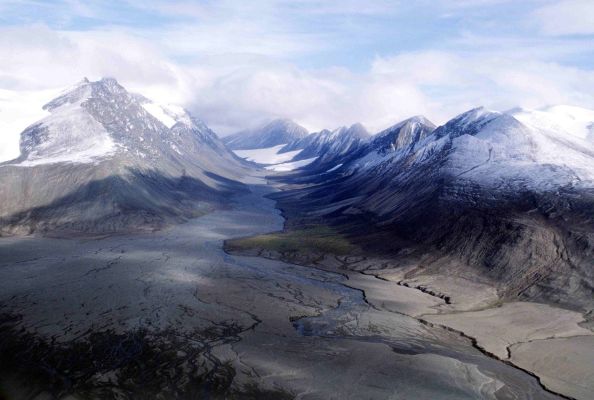
Do You Want To Visit A Glacier?
After 20 years of experience, we are the world’s premier Arctic adventure company focused on bringing you unforgettable trips that meet your bucket list dreams.
Our time providing tours of Baffin Island has given us the expertise and connections to bring you where you want to go. Whether by boat, snowmobile, helicopter, or even hot air balloon, we will show you the beauty of the north.
If you are interested in visiting a glacier on one of our Arctic wildlife safaris, then explore our Polar Bears & Glaciers of Baffin Island Safari or Spring Polar Bears & Icebergs of Baffin Island Safari.
Here, you have the chance to witness the stunning east coast of Baffin Island and photograph polar bears. You will get to visit Coronation Glacier, one of the only glaciers in the area that reaches the ocean and creates icebergs.
If you are looking to craft a customizable itinerary that fits with your schedule meets your goals, then explore our Private Journeys.
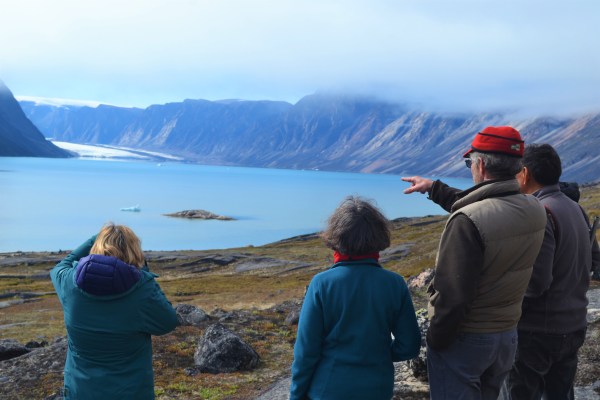
Experience The Arctic On A Safari
Get chances to view elusive Arctic wildlife and experience the majesty of the Arctic on safaris almost year-round. View all Arctic Safaris here.
Ready for adventure? Contact our Arctic Travel Advisors to book.
We now have a Gear Shop where you can browse some of the best outdoor clothing and equipment to buy or gift to friends and family.
Are you still curious about the many wonders of the Arctic or looking for more interesting content then explore more blogs here!
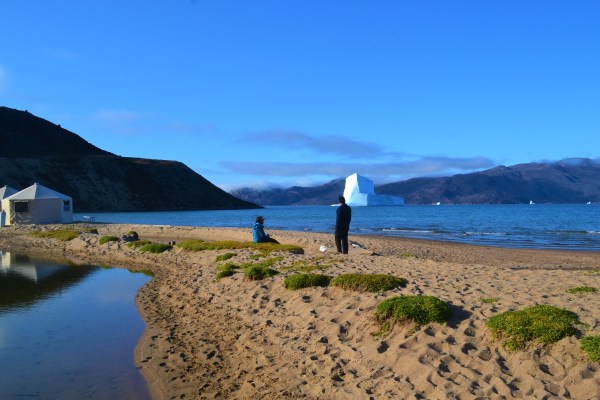
By: Mathew Whitelaw


